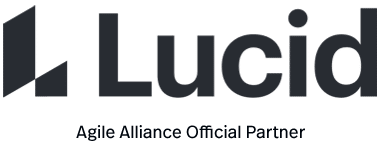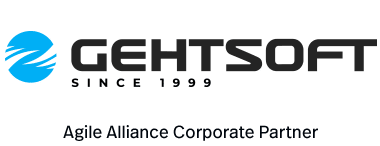A small, self-contained feature that can be developed quickly and that delivers significant value to the user. The full term Minimum Marketable Feature (MMF) is not used widely in practice, however, the concept lines up nicely with the first principle behind the Agile Manifesto: “Our highest priority is to satisfy the customer through early and continuous delivery of valuable software.” The concept supports the idea that software you release to your customer, even if you’re doing it frequently should provide some added benefit and allow your customer to accomplish something they weren’t able to before.
The term marketable describes the idea that the feature provides value to the customer. Because value can be defined in a variety of ways including increasing or protecting revenue and reducing or avoiding costs, the MMF concept is applicable to both external products (intended for sale outside the organization) and internal products (for use inside the organization to support the delivery of the organization’s products and services).
Also Known As
Many in the agile community have proposed variations on the term MMF, which in many cases alter the intended meaning of the concept. Examples include Minimum Marketable Product and Minimum Releasable Feature.
MMF is erroneously equated to MVP. MMF is about delivering value to customers, whereas MVP is about learning more about the ultimate product. An MVP could range anywhere from not having any MMFs, to having a single MMF, to having several MMFs. They are not the same concepts, but both reinforce the idea that we should seek the minimum functionality in order to accomplish a specific outcome.
Expected Benefits
MMFs make the best unit of planning for releases. As James Shore described in his post about phased releases, if you can identify your product’s minimum marketable features and then prioritize the release of those features, you’d be able to both earn and learn with the first feature while you work on the subsequent features.
Depending on the size of those features you may slice them into small user stories for delivery and feedback purposes across multiple iterations if you are using timeboxed iterations.
Common Pitfalls
Teams frequently refer to an MMF as a minimum viable product (MVP). There’s not too much harm in this unless the team becomes too focused on delivering something without considering whether it is the right something that satisfies the customer’s needs.
Teams stress the minimum part of MMF to the exclusion of the marketable part. The product delivered is not sufficient quality to generate the possible returns had the product been built with the appropriate level of quality.
Teams deliver what they consider an MMF, and then do not do any further changes to that product, regardless of feedback they receive about it and additional needs that the product could address.
Origins
2004: Mark Denne and Dr. Jane Cleland-Huang introduced Minimum marketable features (MMF) in their 2004 book Software by Numbers: Low-Risk High Return Development.
Further Reading
Software by Numbers: Low-Risk High Return Development by Mark Denne and Dr. Jane Cleland-Huang.




